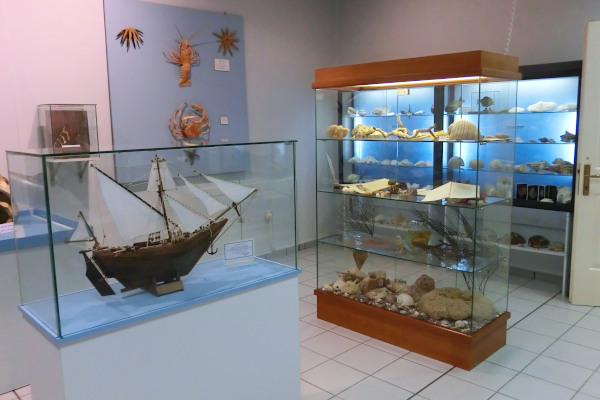The Museum of Natural History is located in the community of Mytilenii, in a building built with the expenses of the Konstantinos and Maria Zimalis Foundation, and the European Leader Program. The museum houses also the collection of the Paleontological Museum which has been operating since 1967.
The Mytilenii area and the million-year findings
The majority of the museum exhibits come from the excavations of John K. Melentis that took place in an area near the village of Mytilenii during the 1960s.
The same area has hosted other excavations in the past. In fact, the most significant findings of those excavations can be found in the largest museums of Natural History in the world (Lausanne, Bern, London, New York, Frankfurt). The findings of Samos, according to scientists, dating back to 8-10,000,000 years ago.
What are the exhibits of the Museum of Aegean Natural History of Samos?
The museum includes five sections: the Palaeontological, the Mineralogical, the Geological, the Botanical, and the Zoological. Some of the most important exhibits of the museum are:
- the Samothirion, a unique finding that belonged to the giraffe family and was five meters long and three meters high
- the Kaplani, a bloodthirsty feline that lived in Asia Minor and was forced to swim to Samos to escape either a fire or a flood on the Meander River. This exhibit was in fact the source of inspiration for the well-known book of Alki Zei "The Kaplani of the Showcase".
- a canine tooth that belongs to the Mahairodontas, one of the most dangerous animals that lived on earth and is considered the ancestor of today's lion.
The exhibition also includes fossils of insect nests and other bones mixed with various rocks, as well as mini-horses from 80 cm to one meter high. Those horses are said to have lived on earth 50,000,000 years ago.
Another part of the museum is the collection of ethnographic and historical content that exhibits rare documents, engravings, clothes as well as costumes of the 19th century that come from Samos and other neighboring islands.
